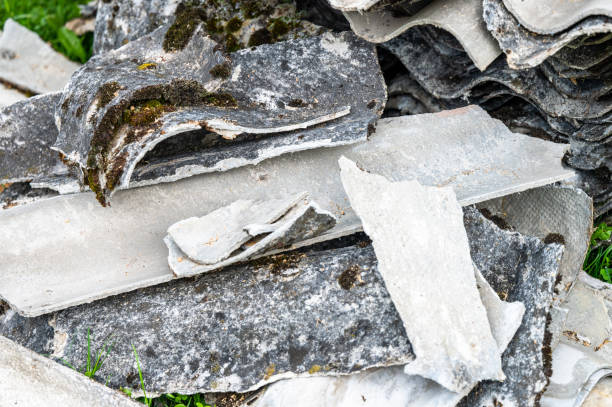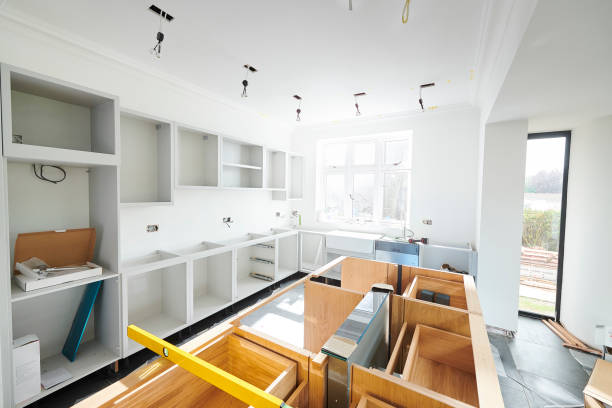
Sailing Through Asbestos Surveys: Expert Tips and Techniques
Asbestos surveys are a crucial aspect of ensuring the safety and compliance of buildings, ships, and other structures. Asbestos is a naturally occurring mineral that was once widely used in construction materials due to its fire-resistant properties. However, it has since been linked to serious health risks, including lung cancer and mesothelioma.
Conducting an asbestos survey is essential for identifying any potential hazards and determining the appropriate course of action to mitigate the risks. Whether you are a property owner, manager, or contractor, navigating through asbestos surveys can be a challenging task. Here are some expert tips and techniques to help you sail through the process smoothly.
First and foremost, it is important to understand the different types of asbestos surveys available. The two main types are management surveys and refurbishment/demolition surveys. Management surveys are conducted on an ongoing basis to assess the presence of asbestos in a building or structure that is still in use. Refurbishment/demolition surveys are more comprehensive and are required before any renovation or demolition work takes place.
When selecting a surveyor to conduct an asbestos survey, make sure they have the necessary qualifications and experience. Look for accredited professionals who have undergone specific training in asbestos identification and management. It is also advisable to check their track record and references to ensure they have successfully completed similar projects in the past.
Before the survey begins, communicate clearly with your surveyor about your expectations and objectives. Provide them with all relevant information about the building or structure, including its history, previous asbestos reports (if any), construction materials used, and any known areas where asbestos may be present.
During the survey itself, make sure you give your full cooperation to the surveyor by providing access to all areas that need to be inspected. Be prepared for some disruption as certain parts of the building may need to be accessed or even temporarily closed off for sampling purposes.
Once the survey report is completed, carefully review its findings with your surveyor. Pay close attention to any identified areas of concern or recommendations for read further action. If asbestos-containing materials are found on-site, develop a detailed management plan outlining how these hazards will be safely managed or removed according to regulatory requirements.
In conclusion, conducting an asbestos survey requires careful planning, communication with qualified professionals,and thorough follow-up actions based on their recommendations.It is essential not only for legal compliance but also for protecting occupants’ healthand well-being from potential exposureto this hazardous material.With proper guidanceand expertise,you can navigate throughasbestos surveys effectivelyand ensurea safe environmentfor everyone involved.



